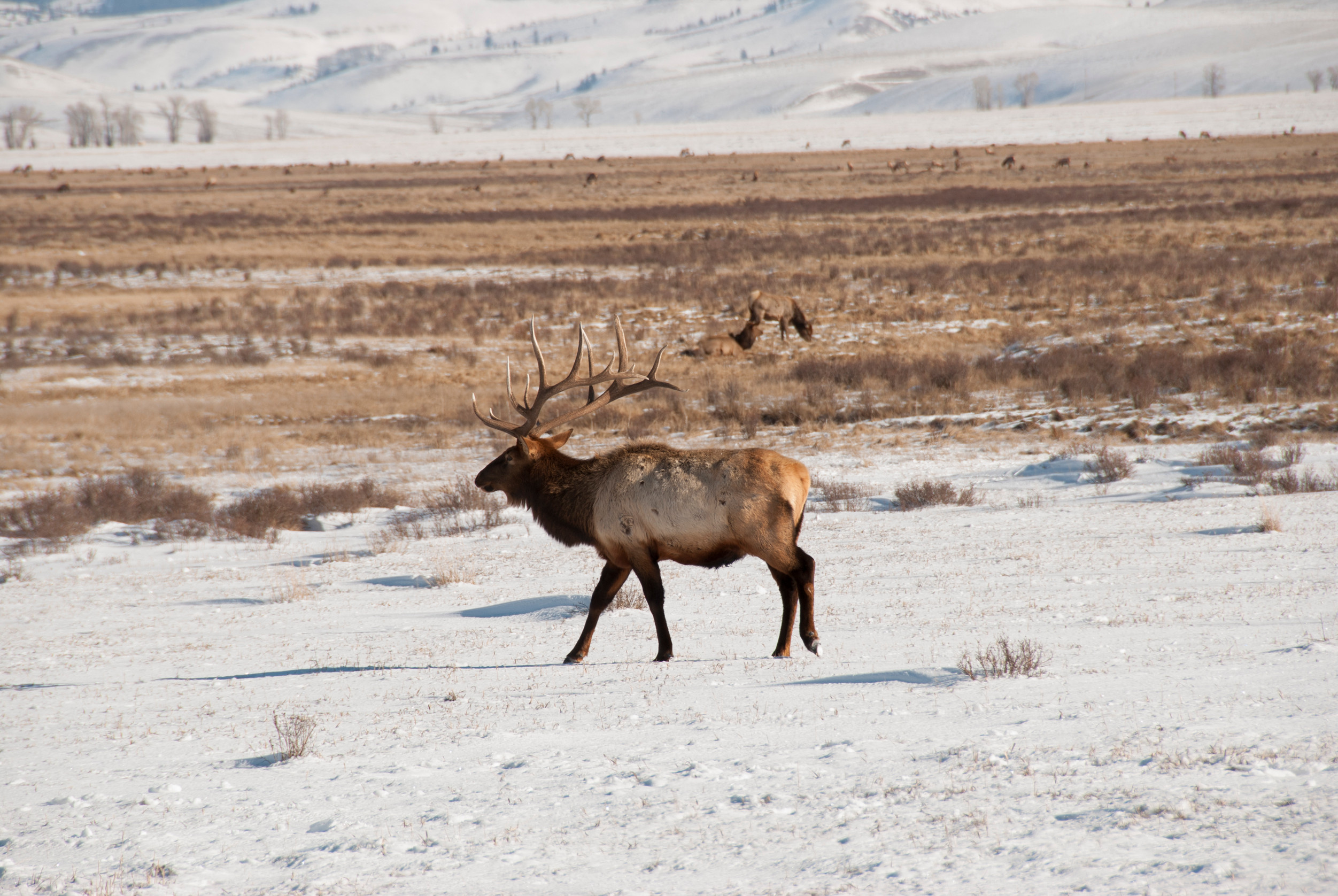BY THE OPTIMIST DAILY EDITORIAL TEAMIf you’re an elk trekking through Park County, Colorado, winter just got a little bit smoother.Thanks to a first-of-its-kind agreement between rancher Dave Gottenborg and two conservation groups, thousands of elk now have safe passage through his 3,000-acre Eagle Rock Ranch. In return, Gottenborg gets a hefty portion of his cattle grazing lease costs covered—without signing away his land in perpetuity.
“Ranchers are conservationists in and of themselves,” said Brendan Boepple, conservation director at the Colorado Cattlemen’s Agricultural Land Trust, which helped broker the deal. But traditional conservation easements—permanent legal agreements—aren’t always the best fit. “We’re trying to create new tools for conservation.

”And this one has ranchers across the state asking how they can get in on it.Elk-friendly fencing, with less rancher frustrationGottenborg isn’t new to helping wildlife. Every winter, he takes down parts of his barbed wire fence to allow migrating elk to pass through without getting tangled, knowing full well they’ll still trample his grazing grounds and damage fences.
“They show up and eat 20 pounds of forage per day, per elk,” he said. Not exactly ideal for a cattleman.But this year, there’s a silver lining.
The Property and Environment Research Center (PERC), a conservation-minded think tank, is stepping in to ease the burden. They’re covering more than two-thirds of Gottenborg’s lease costs for five years—as long as the land remains open to elk.When asked why they weren’t paying the full cost of the lease, Gothenburg explained, “We agreed to keep the payment less than 100 percent so it would still be more profitable for third-party landowners to keep agricultural grazing usage”.
If PERC footed the full bill, landowners might ditch cattle entirely and lease to elk instead—a situation Gottenborg says would “devastate” ranchers.Conservation economics with a twistPERC isn’t your average conservation organization. Founded by economists during the Cold War, the group began with a question: if markets can deliver food and cars, why not environmental quality?The answer lies in the incentives.
From resolving water disputes by matching buyers and sellers of water rights to advocating for smarter national park fee models, PERC pushes for market-based solutions to environmental challenges. They’ve even explored using AI to count elk and calculate “rent” based on their presence.PERC’s conservation director, Travis Brammer, emphasized that the group’s goal is not to commodify wildlife but to “incentivize conservation.
” That means new tools—not the “same old playbook” of the last 50 years.Keeping the elk moving, not campingThere’s no elk baiting going on here. Gottenborg gives them no salt licks or mineral supplements to linger.
“The idea is to keep them moving, but of course, they can stop if they want,” he said.The Colorado Cattlemen’s Agricultural Land Trust will monitor compliance using trail cameras, drones, and site visits, ensuring Gottenborg sticks to the agreed pasture rotations.Boepple noted the public benefits, too: as elk migrate through Eagle Rock Ranch, they’ll be visible in public wildlife areas like the nearby Collard Ranch, offering opportunities for wildlife viewing and hunting.
Addressing hunter concernsGottenborg anticipates some raised eyebrows—especially from hunters worried he’s setting up a private outfitting business or turning the place into an elk refuge. To that, he offers a firm rebuttal: “No, no and NO. I’m not a hunter, although I’m not opposed to hunting.
”He added, “Hunters will likely say, ‘the elk belong to the people of Colorado, and we should have the right to shoot them.’ Yes, they are right. But the rancher’s retort is, ‘then why don’t you come around and feed them once in a while in the winter?’”The beginning of a new migration modelThis isn’t a one-off.
Other Colorado ranchers are already asking the Colorado Cattlemen’s Agricultural Land Trust how they can replicate the model. With elk and other migratory species often relying on a patchwork of public and private lands, this kind of incentive-based deal could change the game.“It’s business as usual for the elk,” Boepple said, “but a new way forward for how we think about conservation partnerships.
”The post Elk win the right of way in Colorado thanks to a rancher’s bold conservation deal first appeared on The Optimist Daily: Making Solutions the News..
Top

Elk win the right of way in Colorado thanks to a rancher’s bold conservation deal

BY THE OPTIMIST DAILY EDITORIAL TEAM If you’re an elk trekking through Park County, Colorado, winter just got a little bit smoother. Thanks to a first-of-its-kind agreement between rancher Dave Gottenborg and two conservation groups, thousands of elk now have safe passage through his 3,000-acre Eagle Rock Ranch. In return, Gottenborg gets a hefty portion [...]The post Elk win the right of way in Colorado thanks to a rancher’s bold conservation deal first appeared on The Optimist Daily: Making Solutions the News.











